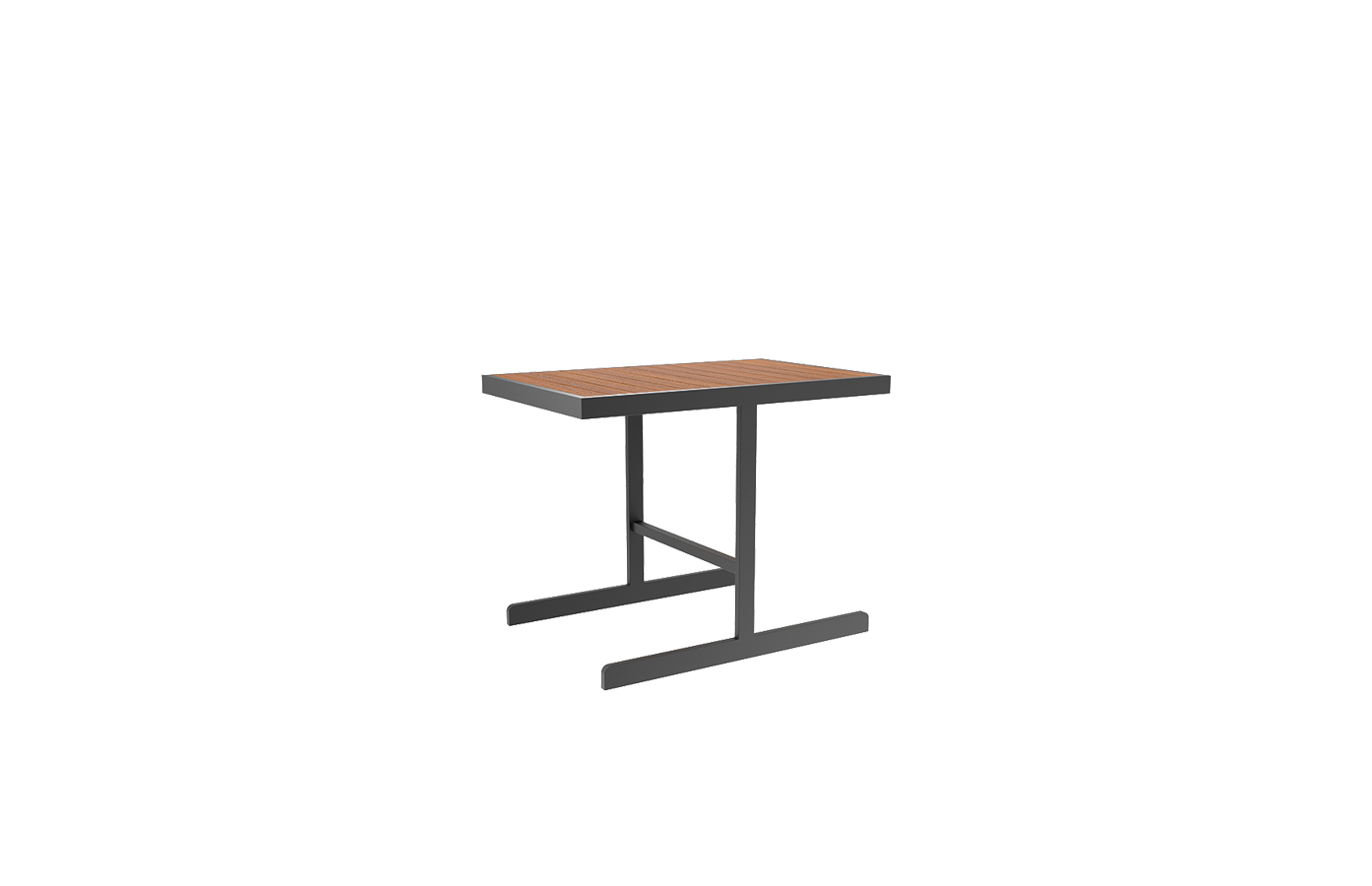
Unlock the Secrets of a Season Garden – Tips to Enjoy a Bountiful Harvest All Year Long
Gardening is a wonderful hobby that provides not only fresh produce but also a therapeutic escape from the fast-paced modern world. A successful garden requires knowledge, skills, and patience. To cultivate a season garden, it is essential to understand the principles of planting, watering, fertilizing, and pest control that suit each time of the year. Here are some tips to help you unlock the secrets of a season garden and enjoy a bountiful harvest all year long.
[Plan Ahead]
Before sowing your initial season garden, make a thorough plan that includes the type of plants you want to grow, the layout of the garden, and the equipment and materials you need. You can buy seeds, starter plants, or bulbs from a nursery or online store. Choose plants that thrive in the climate and soil conditions in your area. Some plants are best grown in the spring, while others need a summer, fall, or winter season. Research the recommended planting dates, watering schedules, and fertilizer ratios for each plant to maximize their growth and yield.
[Prepare the Soil]
The soil is the foundation of your season garden. Ensure that the soil is rich in nutrients, has good drainage, and is free from weeds and harmful microorganisms. You can amend the soil by adding organic matter, such as compost, manure, or peat moss, to increase its fertility and texture. Till or dig the soil to a depth of at least six to eight inches to aerate it and remove debris, rocks, and roots. If the soil is too sandy or clayey, you may need to add sand or soil amendments to improve its structure.
[Water the Plants]

Unlock the Secrets of a Season Garden – Tips to Enjoy a Bountiful Harvest All Year Long

Unlock the Secrets of a Season Garden – Tips to Enjoy a Bountiful Harvest All Year Long
Watering is crucial for the health and growth of your plants. However, overwatering or underwatering can cause damage or death to the root system. The frequency and amount of watering depend on the type of plant, the soil moisture, and the weather conditions. Generally, most season garden plants need an inch of water per week, either from rainfall or irrigation. Avoid watering the foliage or the flowers, as this can promote fungal diseases. Instead, focus on the root zone, where the roots absorb the water and nutrients.
[Fertilize Wisely]
Fertilizers can enhance the plant’s growth, flower formation, and fruit production. However, too much fertilizer can burn the roots or harm the soil ecosystem. Choose a balanced fertilizer that contains the essential nutrients, such as nitrogen, phosphorus, and potassium, in a ratio that suits the plant’s needs. You can apply fertilizers in granular, liquid, or organic forms, depending on your preference and the plant’s tolerance. Always read the instructions on the label and follow the recommended dosage and timing.
[Control Pests and Diseases]
Season garden plants are vulnerable to pests and diseases that can weaken or kill them. Preventing and controlling pests and diseases require vigilance, observation, and timely action. You can use organic or chemical pesticides, herbicides, or fungicides to keep the pests and diseases at bay. However, make sure to use them safely and appropriately to avoid harming the environment or your health. Also, consider using natural predators, such as ladybugs, birds, or beneficial insects, that can feed on the harmful pests and act as biological control.
In conclusion, a successful season garden requires planning, preparation, and maintenance that suit each time of the year. By following these tips, you can unlock the secrets of a season garden and enjoy a bountiful harvest all year long. Gardening is an art and a science that requires creativity, patience, and continuous learning. So, grab your shovel, gloves, and seeds, and start planting your dream season garden today! Leather Couch Living Room Sofa



